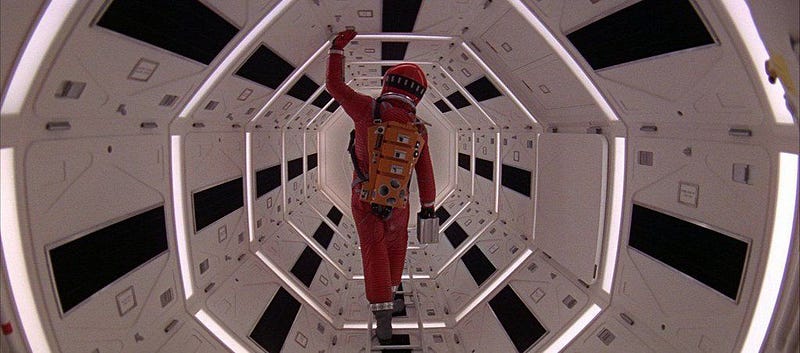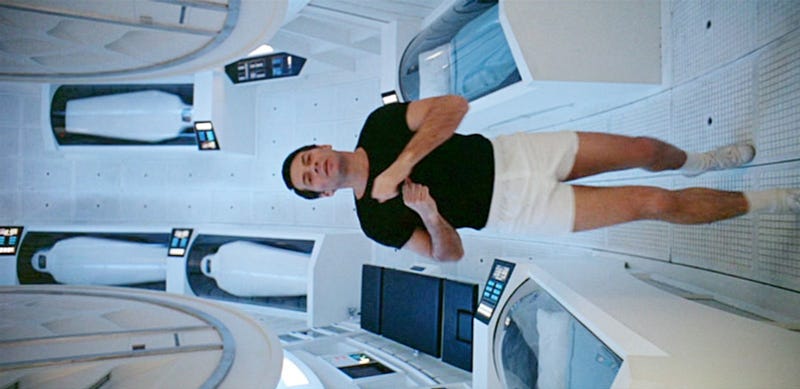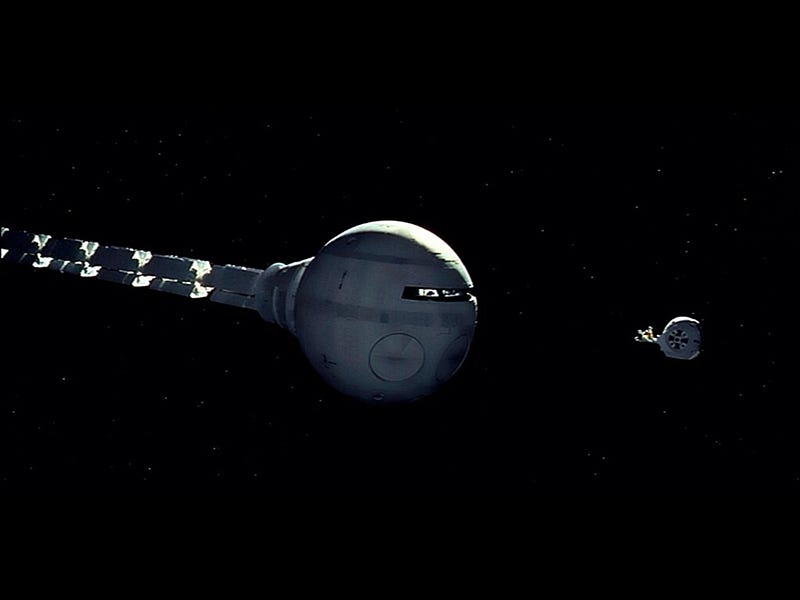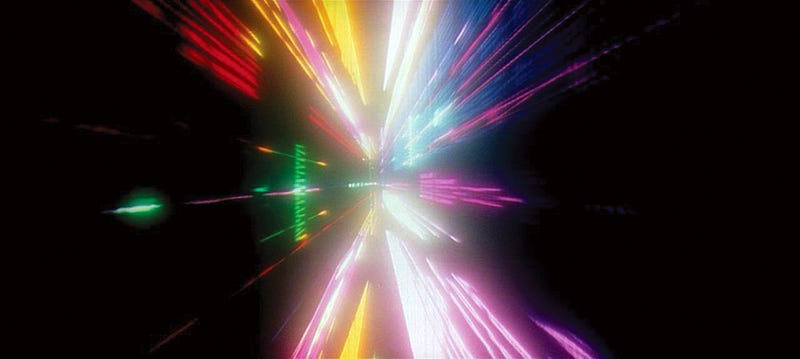Delve into one of the most significant films of all-time by the legendary Stanley Kubrick.
Stanley Kubrick’s 2001: A Space Odyssey is one of the most revered films of all-time. Released in 1968, the film was deemed divisive instantly, and audience members walked out of the premier. Kubrick’s career could have been over. Now, fifty years later, it has been hailed as the masterpiece Kubrick initially envisioned. For a film that was in outer space, everything felt real due to the master behind the camera.
Kubrick was in control of everything to do with his picture, including the look of it. He got his hands on a camera at 13-years-old when his father gifted him a Graflex camera. He became fascinated by the stories he could tell through a lens. According to Timeline, he then sold his first photograph to Look in 1945, when he was 17 and became a regular for the magazine. He would create photo essay’s, where he would try to capture the feeling and inhabitants of Chicago and other projects would follow. It was through this training that Kubrick could make the leap to motion pictures, and he knew how to work with the best of them.
To understand the significance of 2001: A Space Odyssey, you must remember that the movie predates when man first stepped foot on the Moon. All the special effects Kubrick achieved were based on significant science from scholars and authors such as screenwriter Arthur C. Clarke, astronomer Carl Sagan, and others from NASA.
Much of the science and space travel they devised for the film still holds true.

There are plenty of scenes that stand out in 2001: A Space Odyssey. Not only in the feature, but for film history. One of the first sequences in the film depicts a clan of apes and their evolution to using tools. Kubrick envisions that the all-powerful obelisk seen throughout the picture gives the apes additional intelligence or a drive towards understanding. The “Dawn of Man” sequence was one of the last things Kubrick shot for the film since he had trouble getting the shot correct. He wasn’t about to get real apes for the shot, so he had to find humans that could replicate the actions of an ape. Dan Richter was working as a mime when he was hired by Kubrick. Richter and 20 other mimes worked together to recreate the mannerisms of primitive man. The sequence ends with one of the most recognizable match-cuts in history as the ape throws the bone into the air and all of a sudden we are in space.

This scene is one of the most popular shots from the OnePerfectShot twitter account for 2001: A Space Odyssey. This shot occurs before protagonist David Bowman checks the satellite for the first time per HAL’s instruction. Perhaps the shot is memorable because of the instant recognition to 2001 even if there will be trouble placing where this occurs in the film.

My favorite sequence in 2001 takes place in the centrifuge. It’s hard to imagine how Stanley Kubrick achieved this shot of the astronaut exercising. Kubrick needed something that would produce artificial gravity, and he had Vickers-Armstrongs Engineering Group build him a giant centrifuge that measured 38 feet in diameter and 10 feet wide. This set gave the illusion Kubrick was looking for and is still a marvel of ingenuity.

What you see above is the models Kubrick, and his team developed for 2001. Plenty of sequences in the film take place in the vastness of space, but it is through these models that the actions on screen are believable. There was great care taken in making spacecraft that would make sense, considering the support from NASA. While the idea for a space station has changed since 2001 released in 1968, the basic gist of the idea exists within the framework of this film.

The “Star Gate” sequence is where 2001 loses people who were on board for the narrative adventure of Dave and HAL. The movie transforms into something otherworldly, with endless explanations into what it could all mean. Not only was the scene memorizing, but it broke technical and artistic ground. It was created by using a “Slit Scan” machine developed by Douglas Trumbull that allowed the filming of two infinite planes of exposure. Everything that was done in 2001 was all achieved without the benefit of computers, making everything that Kubrick achieved all the most incredible.
2001: A Space Odyssey continues to be the benchmark that all over science-fiction movies are measured against. It was the template for movies such as Ridley Scott’s Alien, Robert Zemeckis’s Contact, and Alfonso Cuaron’s Gravity. Without Kubrick blazing this trail, movies would be far different from what they are today. Kubrick’s 2001 set the rules in motion and paved the way for others to follow. It is one of the quintessential movies of all-time and continues to wow audiences fifty years later.
Related Topics: 2001: A Space Odyssey, Science Fiction, Stanley Kubrick
